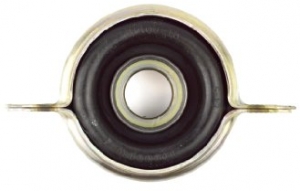-
Welcome to Tacoma World!
You are currently viewing as a guest! To get full-access, you need to register for a FREE account.
As a registered member, you’ll be able to:- Participate in all Tacoma discussion topics
- Communicate privately with other Tacoma owners from around the world
- Post your own photos in our Members Gallery
- Access all special features of the site
Compustar CM900-AS Remote Start Install 2004 Toyota Tacoma
Discussion in '1st Gen. Tacomas (1995-2004)' started by Lehninger, Jan 1, 2024.


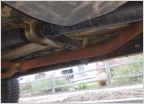 EXHAUST: I WANT YOUR OPINION
EXHAUST: I WANT YOUR OPINION Cracked cylinder head cover?
Cracked cylinder head cover?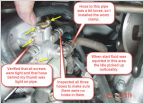 How to test coil pack
How to test coil pack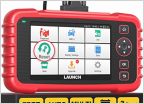 Bidirectional scanner
Bidirectional scanner Very quick question re rear shocks
Very quick question re rear shocks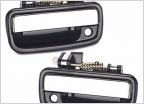 Door handle replacement help
Door handle replacement help























































